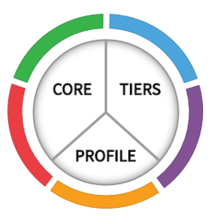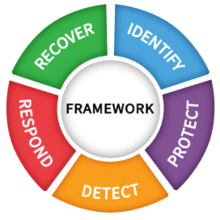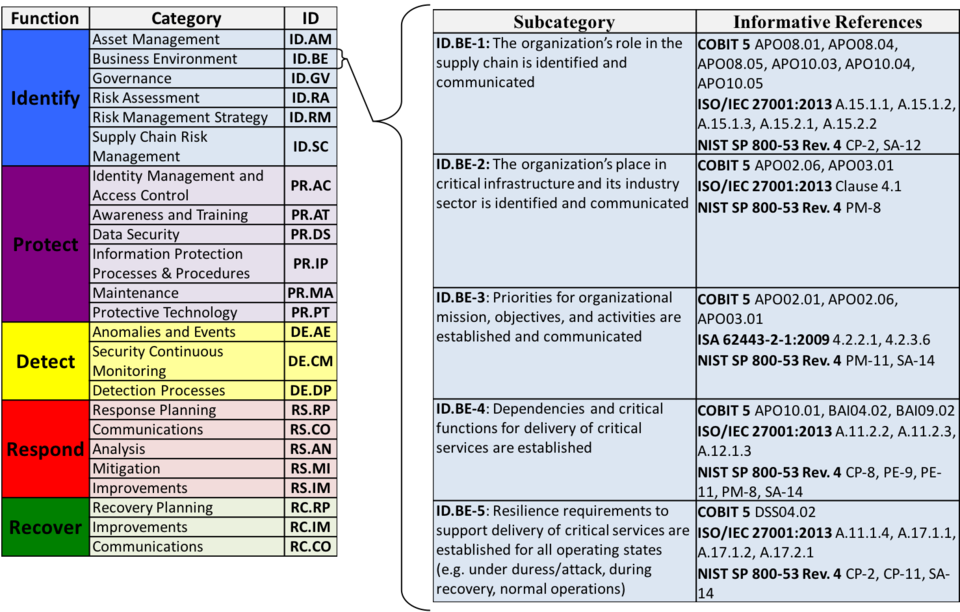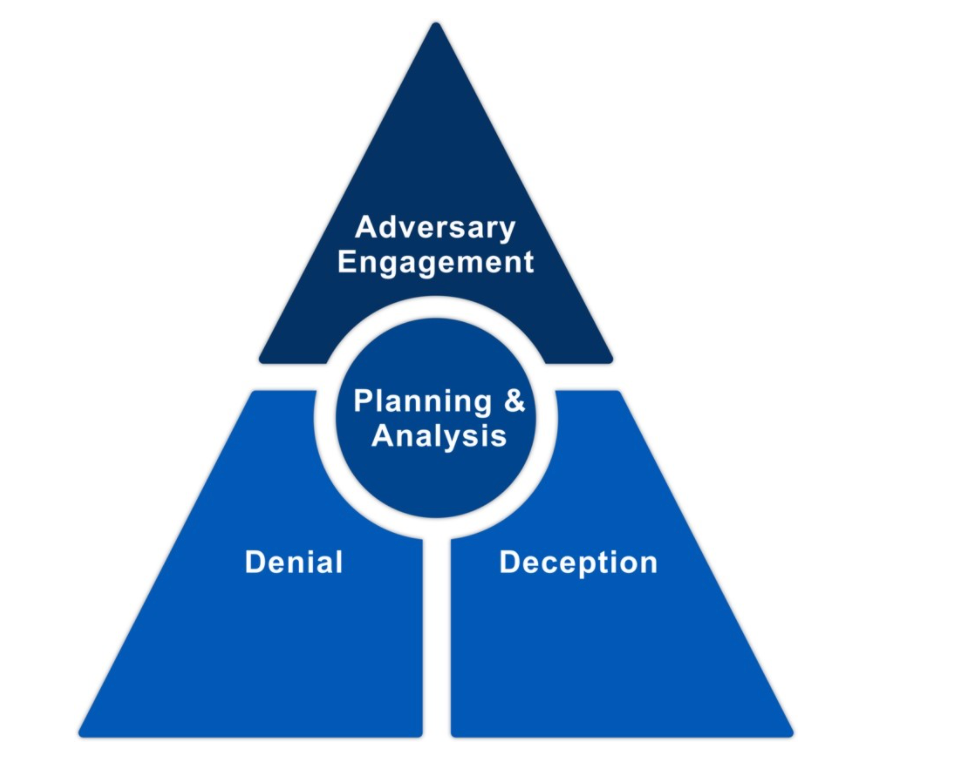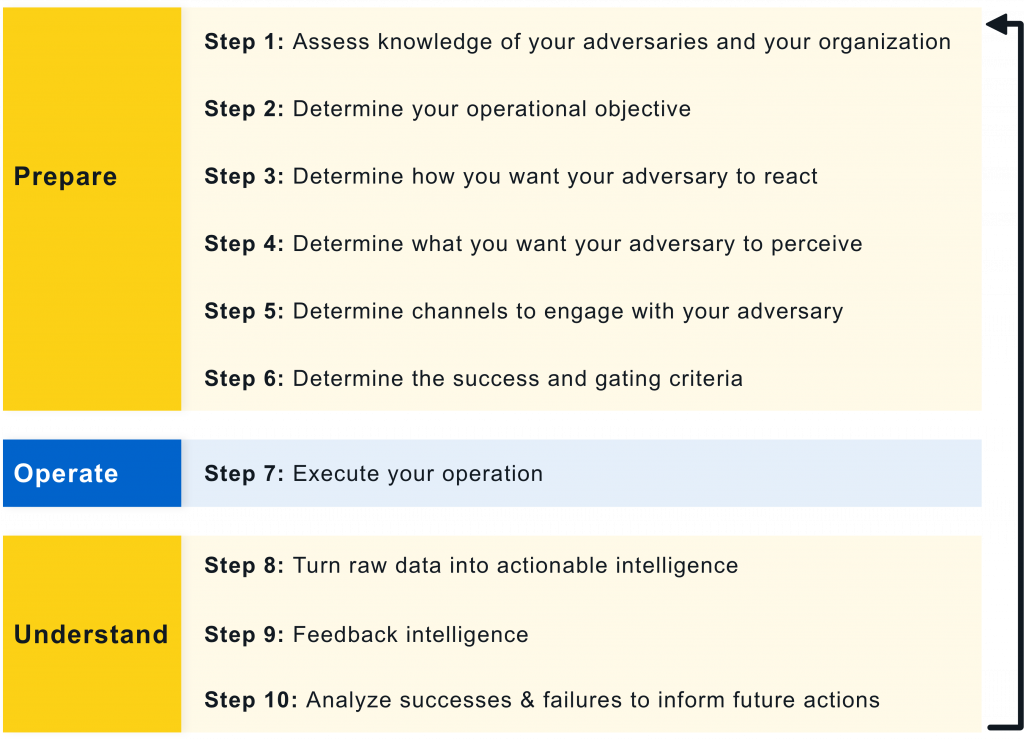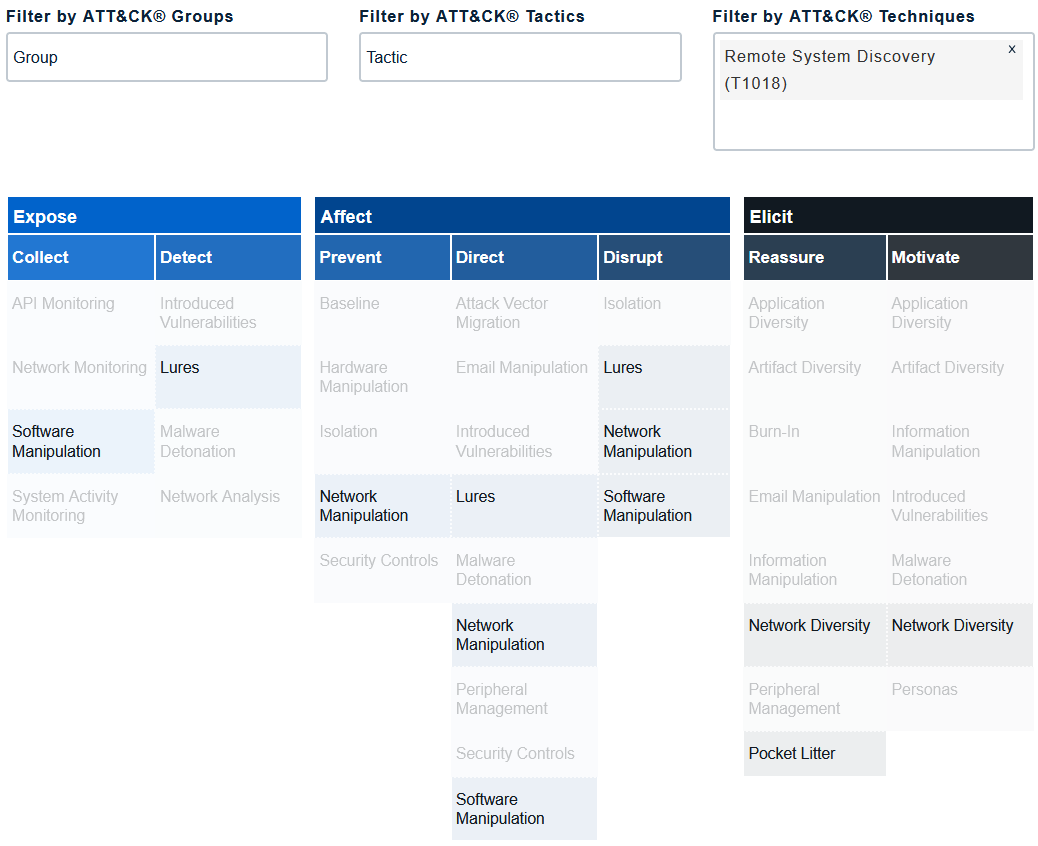Currently sorted By last update ascending Sort chronologically: By last update
CCSDS publications naming convention | |||
|---|---|---|---|
Publications from the Consultative Committee for Space Data Systems (CCSDS) can be found here. Each publication has an identifier of the form MMM.MM-A-N, where
| |||
Homodyne vs heterodyne detection | ||||
|---|---|---|---|---|
Homodyne detection = method of detecting a weak frequency-modulated signal through mixing with a strong reference frequency-modulated signal (so-called local oscillator). References
| ||||
Transport Layer Security | |||
|---|---|---|---|
TODO | |||
Intrusion detection systems: classifications | |||
|---|---|---|---|
See attachment 👇. | |||
MITRE D3FEND | ||||
|---|---|---|---|---|
MITRE D3FEND is a knowledge base — more precisely a knowledge graph — of cybersecurity countermeasures/techniques, created with the primary goal of helping standardise the vocabulary used to describe defensive cybersecurity functions/technologies.
The D3FEND knowledge graph was designed to map MITRE ATT&CK techniques (or sub-techniques) through digital artefacts to defensive techniques; see Fig. 1.
Operationally speaking, the D3FEND knowledge graph allows looking up of defence techniques against specific MITRE ATT&CK techniques.
Watch an overview of the D3FEND knowledge graph from MITRE on YouTube: References
| ||||
Systems Security Engineering | ||||||||||||
|---|---|---|---|---|---|---|---|---|---|---|---|---|
NIST provides guidelines on engineering trustworthy (see Definition 1) and cyber-resilient (see Definition 2) systems through NIST SP 800-160 volumes 1 and 2 [RWM22, RPG+21], to be used in conjunction with
Definition 1: Trustworthy [RWM22, p. 1]
Worthy of being trusted to fulfill whatever critical requirements may be needed for a particular component, subsystem, system, network, application, mission, enterprise or other entity. Definition 2: Cyber-resilient [RPG+21, p. 1]
Able to anticipate, withstand, recover from, and adapt to adverse conditions, including stresses, attacks, and compromises on systems that use or are enabled by cyber resources. 📝 A cyber resource is an information resource which creates, stores, processes, manages, transmits, or disposes of information in electronic form and that can be accessed via a network or using networking methods; for example, a file or database. A primary objective of NIST SP 800-160 volume 1 is to provide a basis for establishing a discipline for systems security engineering as part of systems engineering in terms of its principles, concepts, activities and tasks.
A primary objective of NIST SP 800-160 volume 2 is to provide guidance on how to apply cyber resilience concepts, constructs and engineering practices to systems security engineering and risk management for systems (e.g., enterprise IT, industrial control systems, Internet of Things) and organisations. References
| ||||||||||||
NIST Cybersecurity Framework | ||||||||||||||||||||||||||||||
|---|---|---|---|---|---|---|---|---|---|---|---|---|---|---|---|---|---|---|---|---|---|---|---|---|---|---|---|---|---|---|
The National Institute of Standards and Technology (NIST) has an essential role in identifying and developing cybersecurity risk frameworks for voluntary use by owners and operators of critical infrastructure (see Definition 1) [NIS18, Executive Summary]. Definition 1: Critical infrastructure [NIS18, Sec. 1.0]
One such framework is the Framework for Improving Critical Infrastructure Cybersecurity (Cybersecurity Framework for short), for which NIST is maintaining an official website. As of writing, the latest version of the NIST Cybersecurity Framework is 1.1 [NIS18]. The Cybersecurity Framework provides a common language for understanding, managing and expressing cybersecurity risks to internal and external stakeholders [NIS18, Sec. 2.0]. The Cybersecurity Framework has three parts: 1️⃣ Framework Core, 2️⃣ Implementation Tiers, and 3️⃣ Framework Profiles.
Watch a more detailed explanation of the Cybersecurity Framework presented at RSA Conference 2018: References
| ||||||||||||||||||||||||||||||
Universally composable security | ||||
|---|---|---|---|---|
First proposed by Canetti [Can01], the paradigm of universally composable security guarantees security even when a secure protocol is composed with an arbitrary set of protocols, or more generally when the protocol is used as a component of an arbitrary system.
References
| ||||
Cyber Kill Chain | ||||
|---|---|---|---|---|
The Cyber Kill Chain® framework/model was developed by Lockheed Martin as part of their Intelligence Driven Defense® model for identification and prevention of cyber intrusions. The model identifies what an adversary must complete in order to achieve its objectives. The seven steps of the Cyber Kill Chain sheds light on an adversary’s tactics, techniques and procedures (TTP): Watch a quick overview of the Cyber Kill Chain on LinkedIn Learning: Overview of the cyber kill chain from Ethical Hacking with JavaScript by Emmanuel Henri Example 1: Modelling Stuxnet with the Cyber Kill Chain
Stuxnet (W32.Stuxnet in Symantec’s naming scheme) was discovered in 2010, with some components being used as early as November 2008 [FMC11]. Stuxnet is a large and complex piece of malware that targets industrial control systems, leveraging multiple zero-day exploits, an advanced Windows rootkit, complex process injection and hooking code, network infection routines, peer-to-peer updates, and a command and control interface [FMC11]. Watch a brief discussion of modelling Stuxnet with the Cyber Kill Chain: Stuxnet and the kill chain from Practical Cybersecurity for IT Professionals by Malcolm Shore ⚠ Contrary to what the video above claims, Stuxnet does have a command and control routine/interface [FMC11]. References
| ||||
MITRE Engage | ||||||||||||
|---|---|---|---|---|---|---|---|---|---|---|---|---|
MITRE Engage (previously MITRE Shield) is a framework for planning and discussing adversary engagement operations.
Cyber defense has traditionally focussed on applying defence-in-depth to deny adversaries’ access to an organisation’s critical cyber assets. Increasingly, actively engaging adversaries proves to be more effective defence [MIT22b].
The foundation of adversary engagement, within the context of strategic planning and analysis, is cyber denial and cyber deception [MIT22b]:
While MITRE Engage has not been around for long, the practice of cyber deception has a long history; honeypots for example can be traced back to the 1990s [Spi04, Ch. 3]. MITRE Engage prescribes the 10-Step Process, which was adapted from the process of deception in [RW13, Ch. 19], in Fig. 1: Prepare phase:
Operate phase:
Understand phase:
Example 1: The Tularosa Study
A starting point to practising cyber deception is to combine deception tools (e.g., honeypots and decoy content) with traditional defences (e.g., application programming interface monitoring, backup and recovery) [Heb22]. Contrary to intuition, cyber deception is more effective when adversaries know it is in place, because its presence exerts psychological impact on the adversaries [Heb22]. Supporting evidence is available from the 2018 Tularosa Study [FWSR+18]; watch presentation below: Operationalise the MethodologiesThe foundation of an adversary engagement strategy is the Engage Matrix: The Matrix serves a shared reference that bridges the gap between defenders and decision makers when discussing and planning denial, deception, and adversary engagement activities. The Matrix allows us to apply the theoretical 10-Step Process (see Fig. 1) to an actual operation. The top row identifies the goals: Prepare and Understand, as well as the objectives: Expose, Affect and Elicit.
The second row identifies the approaches, which let us make progress towards our selected goal. The remainder of the Matrix identifies the activities.
References
| ||||||||||||




